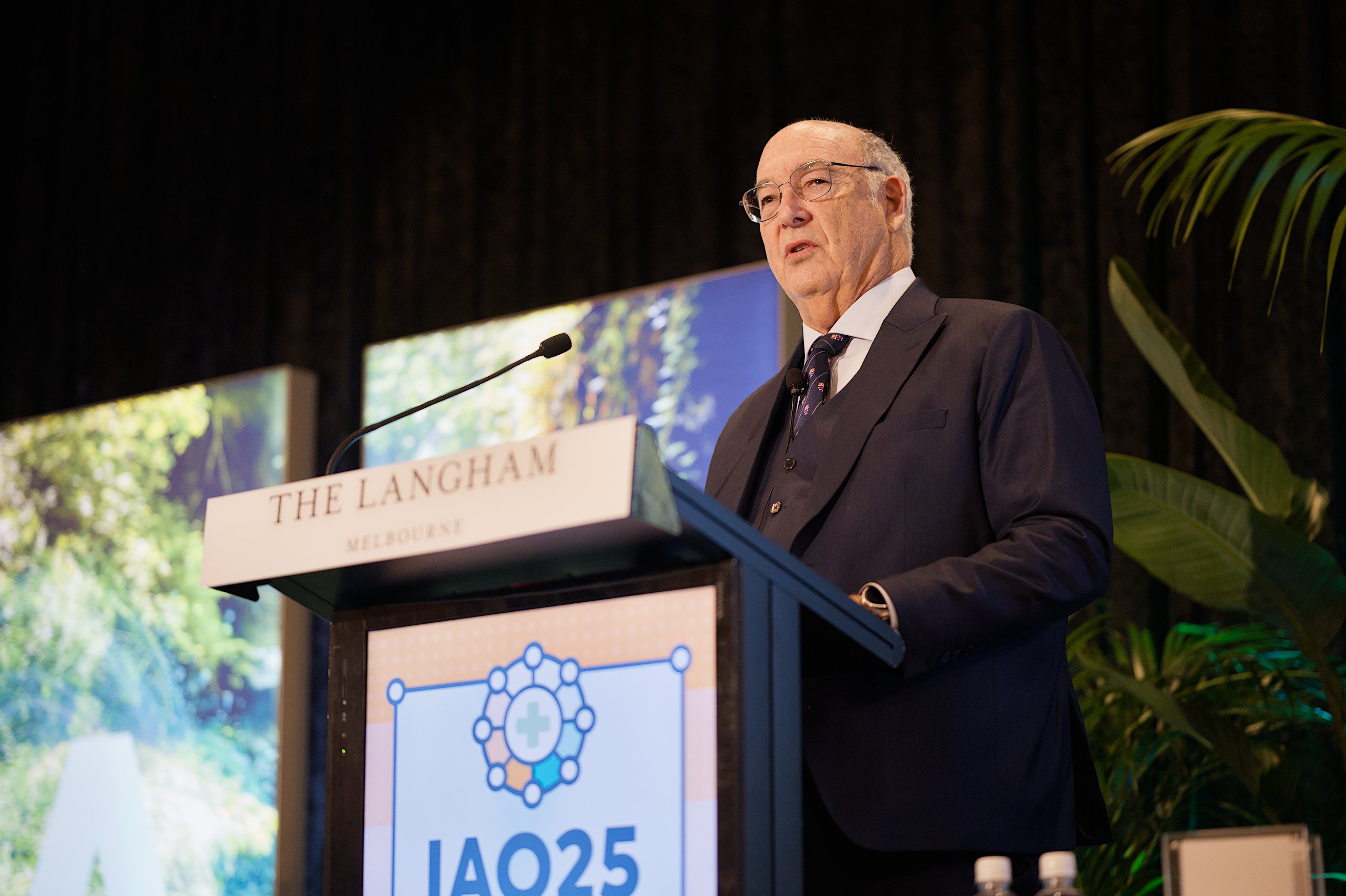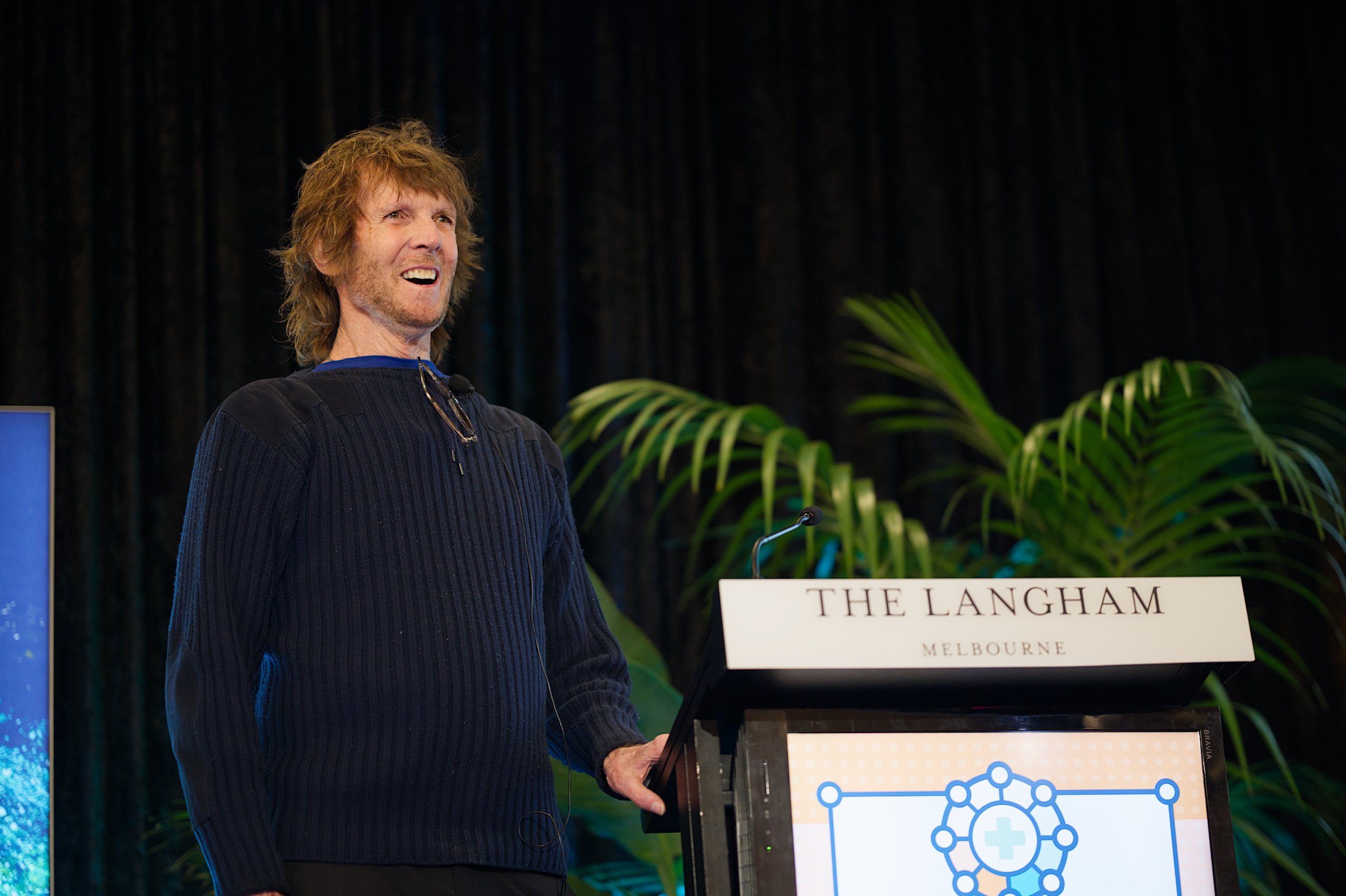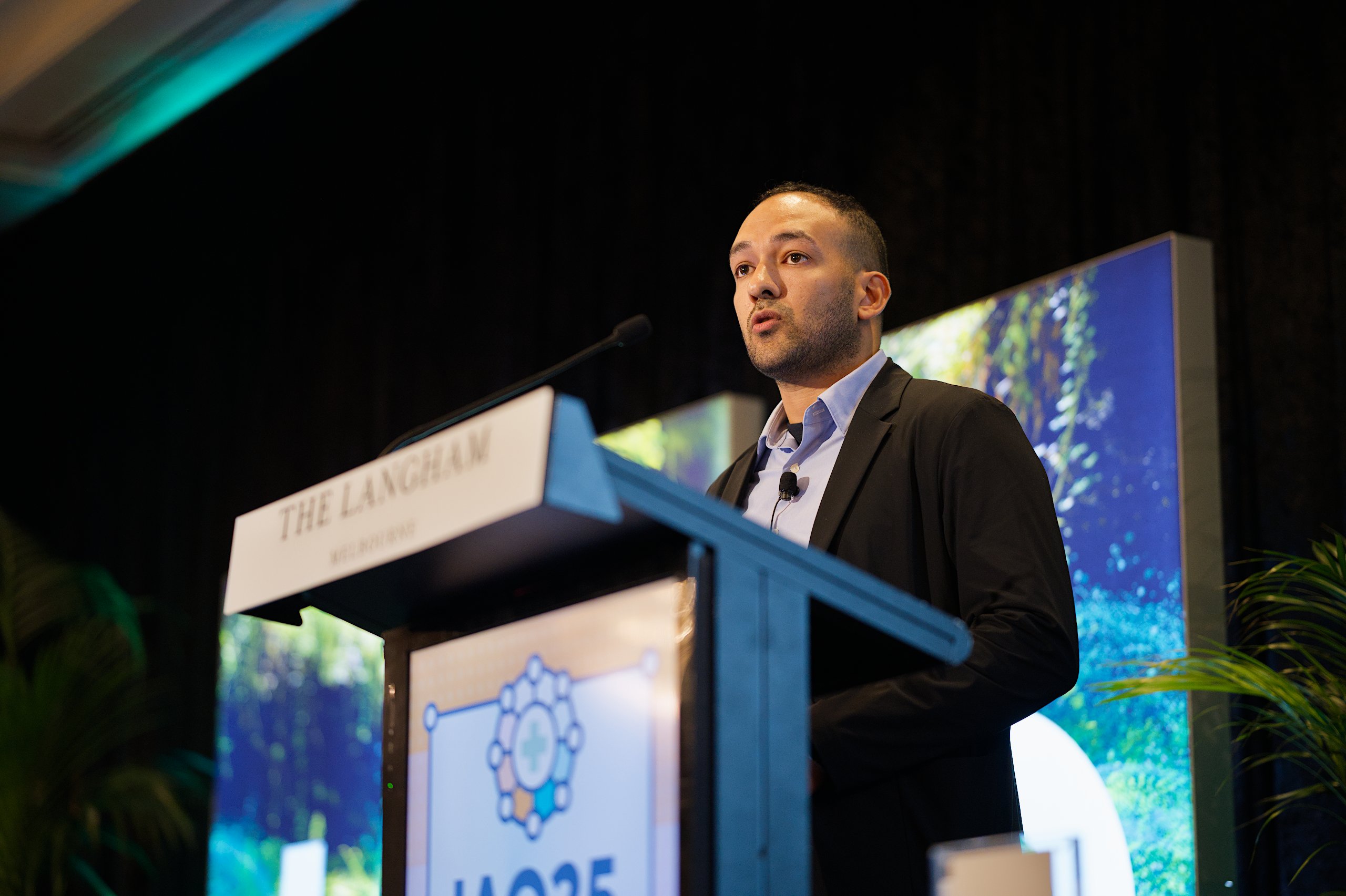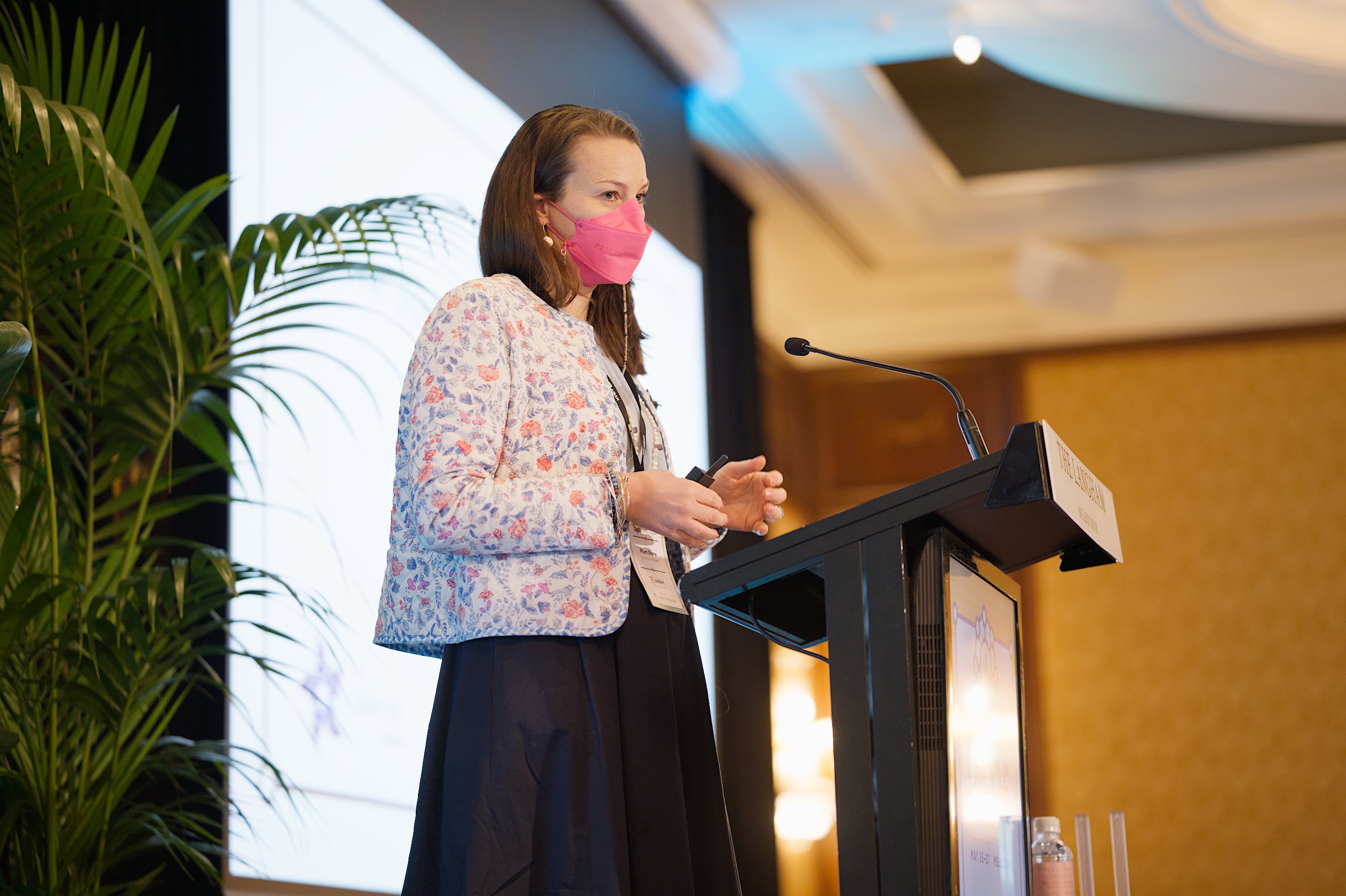Key talking points from IAQ25
We look back at the major discussions from AIRAH’s 2025 Indoor Air Quality Conference (IAQ25).

The theme of this year’s conference was “a pathway to change”, and there were certainly plenty of vibrant discussions about how to change IAQ for the better. And while participants didn’t always agree on approaches, the appetite for change was universal.
Here are some of the major discussions to emerge from the conference.
A 241 special
Dr Max Sherman from the Lawrence Berkeley National Laboratory was everywhere at the conference: as well as delivering the opening keynote presentation, he also participated in the Sunday workshop and the follow-up panel on Monday, as well as delivering a second presentation on day two.


Sherman’s keynote provided an in-depth introduction to ASHRAE Standard 241, a pathogen control standard for all building types that he played a key role in developing. As Sherman pointed out, 241 was developed in record time in response to COVID-19, but its utility extends far beyond just the current pandemic.
The standard introduces the revolutionary concept of an “infection risk management mode” (IRMM), which building managers can deploy at times of heightened risk. This functions like an on/off switch: for example, if there is an influenza outbreak in the city, building managers might activate IRMM until the outbreak subsides.
Another important aspect of 241 is the reference to “equivalent clean air” (ECAi) rather than air changes per hour. This means that, instead of mandating increased mechanical ventilation, 241 provides building managers with more flexible avenues to compliance. This could include enhanced air filtration, using UV technology to kill pathogens, or simply reducing the number or building occupants during that time.
The introduction of IRMM in 241 raised some philosophical questions that weren’t lost on the audience. As Dr Bronwyn King AO pointed out during the Q&A session, the COVID-19 pandemic remains ongoing, and people who are immunocompromised – and their families – are always at heightened risk from infectious diseases.


King posited that the IRMM specified in 241 should become a permanent requirement for buildings, though other participants pointed out this would likely increase energy costs and emissions. Finding the right balance – and technological solutions that could potentially address both issues – was an ongoing point of discussion throughout the conference.
Ben Gill, Affil.AIRAH, offered a potential solution to this conundrum. In his presentation, he shared findings from case studies showing how an approach that emphasised filtration and air cleaning could help buildings achieve permanent IRMM through ECAi, while also reducing energy usage and costs.
Gill spoke from his previous experience working in the management of a large Australian shopping centre to offer an insight into the mindset of commercial property managers. As Gill pointed out, the financial argument will always resonate more with property managers than the technical argument.


Back to school
Several presenters – including Dr Richard J Shaughnessy, Mohamed Mahmoud, Stud.AIRAH, and Plum Stone – focused heavily on the importance of IAQ in schools, and the challenges faced in achieving not just acceptable, but accessible air quality.
Shaughnessy kicked off the second day of the conference with a fascinating dive into surface cleaning, its importance for IAQ, and its flow-on effects to occupant health, particularly in schools. He shared insights from his research team’s large-scale longitudinal study into cleaning in US schools, which spanned six years and included health data from 47,000 students across more than 50 schools.
The study showed a statistically significant correlation between cleaning and student health outcomes; students in dirtier and less ventilated schools get sick more often and perform worse as a result. It also showed a correlation between renovated school HVAC design and improved cleanliness.
One of the key takeaways from Shaughnessy’s presentation was that current approaches to school cleaning – specifically in the USA, but likely also in other countries, including Australia – are manifestly inadequate and undervalued. He highlighted desks as a hotspot for pathogen transmission and suggested that they should be cleaned every two to four days, rather that weekly as is commonly the case.


Mohamed Mahmoud, Stud.AIRAH, from the University of New South Wales shared his research into classroom aerosol measurement using computational fluid dynamics simulations. His study compared a “stale air” classroom environment with two alternative setups: one HEPA filter and three HEPA filters.
Unsurprisingly, the setup with three HEPA filters was by far the quickest and most effective way to reduce the risk of infection. What was perhaps less expected was the effect of having a solitary HEPA filter in the classroom; this approach could actually spread the pathogen more quickly than having no filter. Despite this, Mahmoud clarified that HEPA filtration remains preferable to a stale air approach, and pointed out the importance of finding the right location for the filter(s).




Plum Stone from the Safer Air Project spoke about her organisation’s work in framing IAQ not just as a technical issue, but a critical accessibility and inclusion issue. Stone, who has immunocompromised family members and nearly lost one of her children to COVID-19, highlighted that this is not a niche issue. Roughly half of all Australians live with a chronic health condition that could put them at heightened risk from infectious diseases.
As well as focusing on healthcare facilities as sites of disease transmission, Stone also shared her concerns as a parent of two school-aged children. She posed a particularly poignant question about how inadequate classroom design and maintenance often puts the burden on children to control their ventilation by opening or closing windows:
“Why do we ask children to make decisions about their own air?”
Plum Stone, founder of the Safer Air Project
Like Gill, Stone offered a pragmatic approach to policy change by highlighting that those making decisions are often more influenced by the economic and productivity benefits of improved IAQ than by the health and social benefits.
CO2: contaminant or proxy?


One of the key talking points at IAQ25 began at the Sunday workshop, where experts debated whether we should consider CO2 to be a proxy for air quality or a contaminant in its own right. You can read a wrap-up of the workshop on HVAC&R News.
PREV
NEXT
Comments
Advertisements
Recent news
- 2025 AIRAH National Awards: Ellis Air wins Excellence in HVAC – Best New Project
- AIRAH announces first round of speakers for HVAC26
- Daikin opens new Australian manufacturing facility
Latest events
- 2025 AIRAH National Awards: Ellis Air wins Excellence in HVAC – Best New Project
- AIRAH announces first round of speakers for HVAC26
- Melbourne School of Design to host ASA2025 conference
 Nick Johns-Wickberg
Nick Johns-Wickberg

Leave a Reply